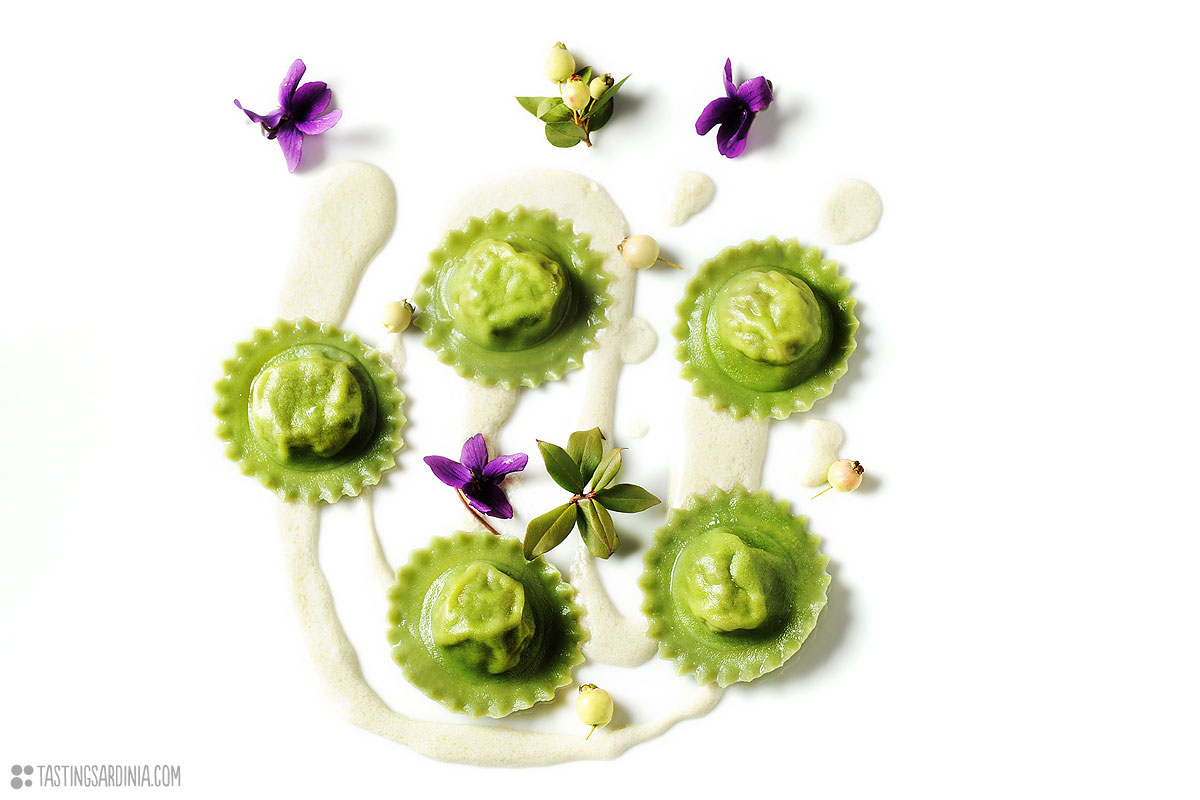Prosperous soils covered with unique varieties of vines, olive groves being pruned to get the best of the fruit, tangerines and lemons ripening under a dazzling sun, wild thyme, rosemary, juniper and myrtle perfuming the mistral winds, the Mediterranean scrub enriching the costal breezes, shepherds guiding their flocks home from the rich pastures to make pecorino cheese and ricotta, fishermen reeling in mullet and lobster from the blue Med… this is neither poetry nor romance, it’s real world, it’s plain truth: nowhere does slow food like Sardinia. It’s not pride and it’s not merit, here things just normally happened this way. Get lost through mountings and remote villages, surrounded by sea, in this incredible mini-continent, trust the warmth hospitality of its people and you will encounter an incredible culinarytradition.
The Sardinian cuisine is somewhat variegated and mainly characterized by its island-status and its agropastoral culture, enriched during the centuries throughout contaminations, contacts and trades with other peoples. It is considered to be an important part of the Mediterranean diet and it was declared masterpiece of the oral and intangible heritage of humanity in 2010 by UNESCO.
Ravioli are the quintessential tasty meal and perfect any time of the year. If we had to single out a Sardinian signature-dish ravioli would probably argue with the suckling spit roasted piglet wrapped with myrtle leaves, to make it “a sa sarda“. These shown in the picture were kneaded using spinach in order to make a green dough and stuffed with a mixture of asparagus, anchovies paste, radicchio and toasted bread crumbles. For the seasoning I took inspiration from tradition combined with a graphic palate: a creamy sauce or Italian besciamella made with butter, milk cream and myrtle leaves. What an interesting combination, each flavor is perfectly recognizable and well balanced. When simple means great.








